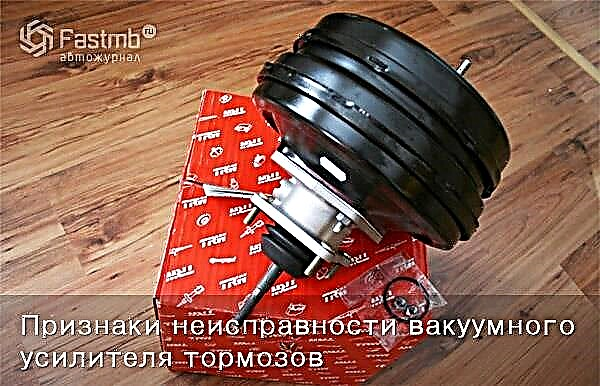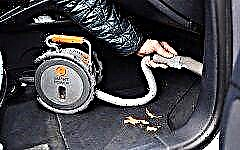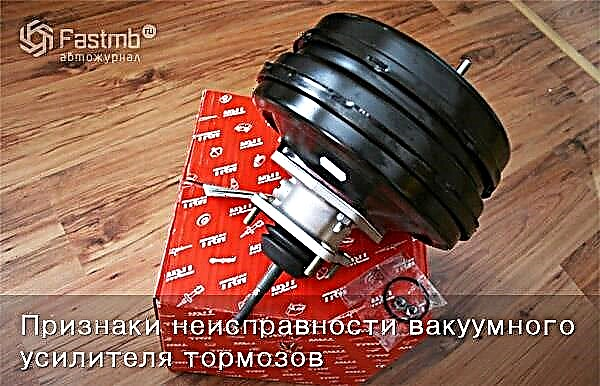An informational article about the signs and methods of detecting malfunctions of the vacuum brake booster on a car.

The main factor of malfunction of the vacuum brake booster is its complete or partial inability to create a vacuum in the working chamber. A potential source of the problem is an open or depressurized hose connection between the engine intake manifold and the amplifier.
Interference in the operation of the unit is also caused by defects inside the amplifier - due to a violation of the integrity of the working surface of the diaphragm or loss of elasticity by the valve. In order to detect malfunctions of the vacuum brake booster, certain tests are carried out.
Methods and signs of detecting malfunctions of the vacuum brake booster
- For example. Start the engine and turn it off after a few minutes. Then press the brake pedal some times with the usual effort. With a working amplifier, at the moment of the first pressing, the pedal will be pressed, as expected, all the way. The system will work, and the created vacuum will attract the diaphragm, which helps to push the piston of the brake master cylinder through the piston rod.
Then the valve will equalize the pressure in the chamber with the atmospheric one. During the second and subsequent presses of the pedal, there will be no place for the discharge to take, which is why the pedal travel will become less and less. If there is no difference between the initial and further pressing on the pedal, then it is clear: this device does not provide additional force in the master brake cylinder.
- Following the experience done, it is worthwhile to perform another one. The engine is off. The brake pedal has been pressed several times in a row. Her move testified to something. Either the results of the experiment seemed inconclusive, or there was a desire to make a control approbation. The following actions are performed. The brake pedal is depressed and the engine starts when the pedal is depressed.
With a working vacuum amplifier in its vacuum chamber, a vacuum is formed, due to which the membrane presses on the rod, the rod pulls the pusher connected to the pedal, and the latter is slightly lowered.
In the case when the pedal remained in place, the conclusion is drawn: the expected chain of events did not take place due to a malfunction of the vacuum brake booster. Such checks reveal significant damage to the part.
- Another test makes it possible to determine the presence of small air leaks. With the car engine running, press the brake pedal, then, without releasing it, turn off the engine. Hold the pedal in the same position for half a minute.
Due to the leakage of the amplifier, the pressure in the vacuum chamber will increase. The diaphragm, under the influence of the return spring, having lost the support of the force that balances its position, will press on the pusher and raise the brake pedal.
If this is not observed, then there are no malfunctions, and the vacuum brake booster is working normally. In any case, if there is a need to repair any brake unit, it is taken into account that there may not be a second chance for a repair, therefore, they turn to car service professionals for assistance in diagnostics and repairs. They can replace the brake booster.











